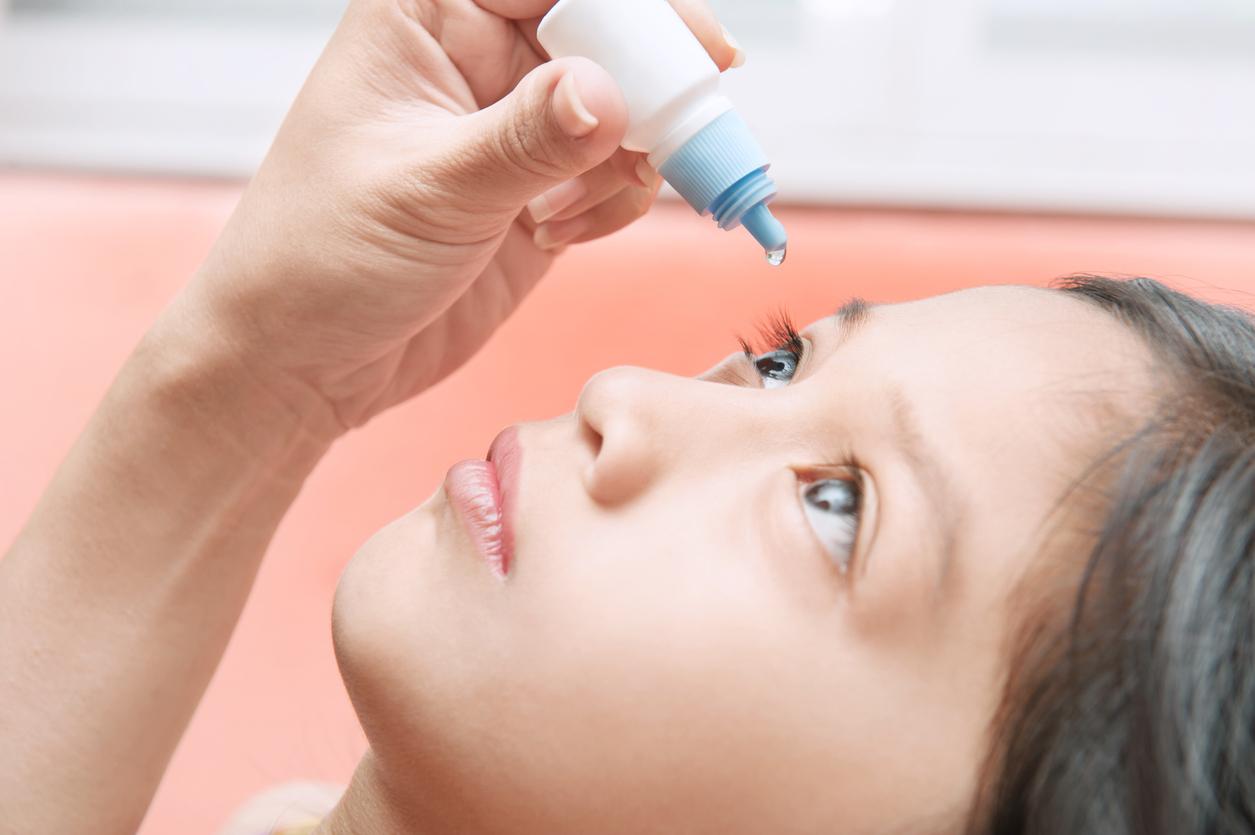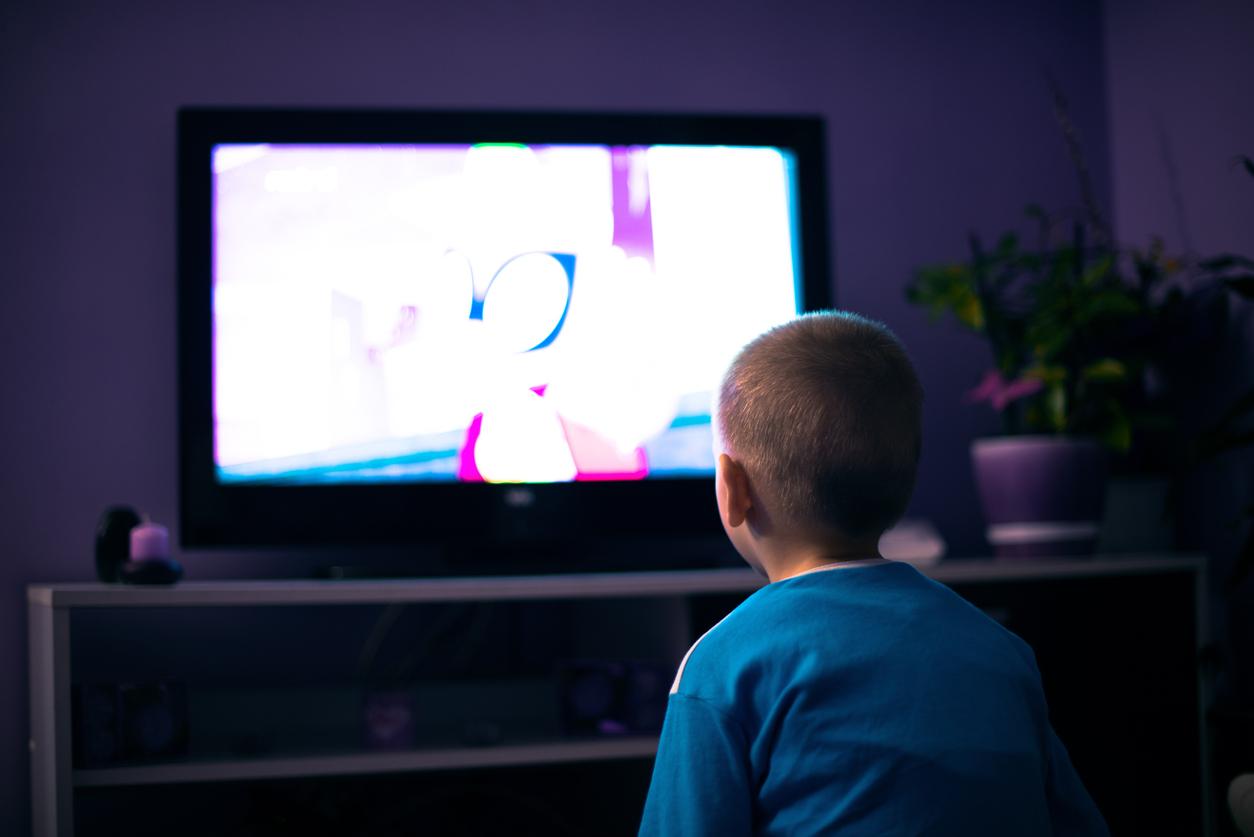The ANSM reminds how to limit the appearance of side effects of mydriatic eye drops in toddlers.

- Mydriatic eye drops are used to prepare the eye for an ophthalmological examination.
- When administered incorrectly, these eye drops can cause neurological, cardiovascular and digestive disorders in children.
- To avoid the occurrence of these side effects, it is advisable to respect the methods of administration of the eye drops and the dosages.
Eye drops are drops prescribed to treat a pathology (conjunctivitis, dry eye, allergy, glaucoma, etc.) or before an ophthalmological examination. In children, mydriatic eye drops are used either to dilate the pupil, before performing a fundus examination, or to “put to rest” the accommodation of the eye, to measure refraction (i.e. focusing point) of the eye. “All mydriatic eye drops have a dilation action on the pupil, but only two of them also make it possible to obtain the resting of the accommodation of the eye: atropine and cyclopentolate”, indicates the Medicines Agency (ANSM).
Neurological, cardiovascular and digestive disorders caused by gout
In a statement published on April 5, it warns that misuse of these eye drops can cause side effects “serious, sometimes fatal”, depending on the type of eye drops. In general, these adverse reactions appear 20 to 30 minutes after administration of the product. As for the symptoms, they improve in four to six hours, but can last up to 12 to 24 hours. After the ophthalmological examination, the young patient may present with redness on the face, dryness in the mouth and persistent dilation of the eye.
“Incorrectly administered, they can pass into the bloodstream and reach the digestive, cardiovascular and/or central nervous system, in particular in very young children (newborns, infants and premature babies)”, reports the health authority. According to her, the successive administration of several mydriatic eye drops is the cause of neurological disorders (sudden and severe fever, agitation, sudden drowsiness, hallucinations, confusion, loss of memory, headaches, dizziness, convulsions, attention and balance), cardiovascular (rapid heartbeat, high blood pressure) and digestive (swelling in the abdomen, partial or total blockage of the intestine, loss of movement of the muscles of the intestine) .
Eye drops: how to reduce the risk of side effects in children?
To avoid these undesirable effects and prevent the risk of overdose in toddlers, it is essential to check the storage rules indicated in the leaflet, note the date of opening of the bottle and above all to respect the methods of administration of the eye drops. and dosages. “After administering the eye drops, press the inner corner of the child’s eye for 1-2 minutes and wipe the child’s cheek. This helps to prevent ingestion or absorption through skin contact and thus limit the passage of the product into the bloodstream. After putting the drops of eye drops, watch your child carefully for 30 minutes”, advises the ANSM.
In case of side effects, the health authority recommends contacting a doctor or pharmacist. If the child shows signs of overdose, it is recommended to rinse his eye or both eyes with lukewarm water, to go to a health professional or to contact the poison control center of his department. “If your child’s situation requires it, you will be referred to an emergency service.”















